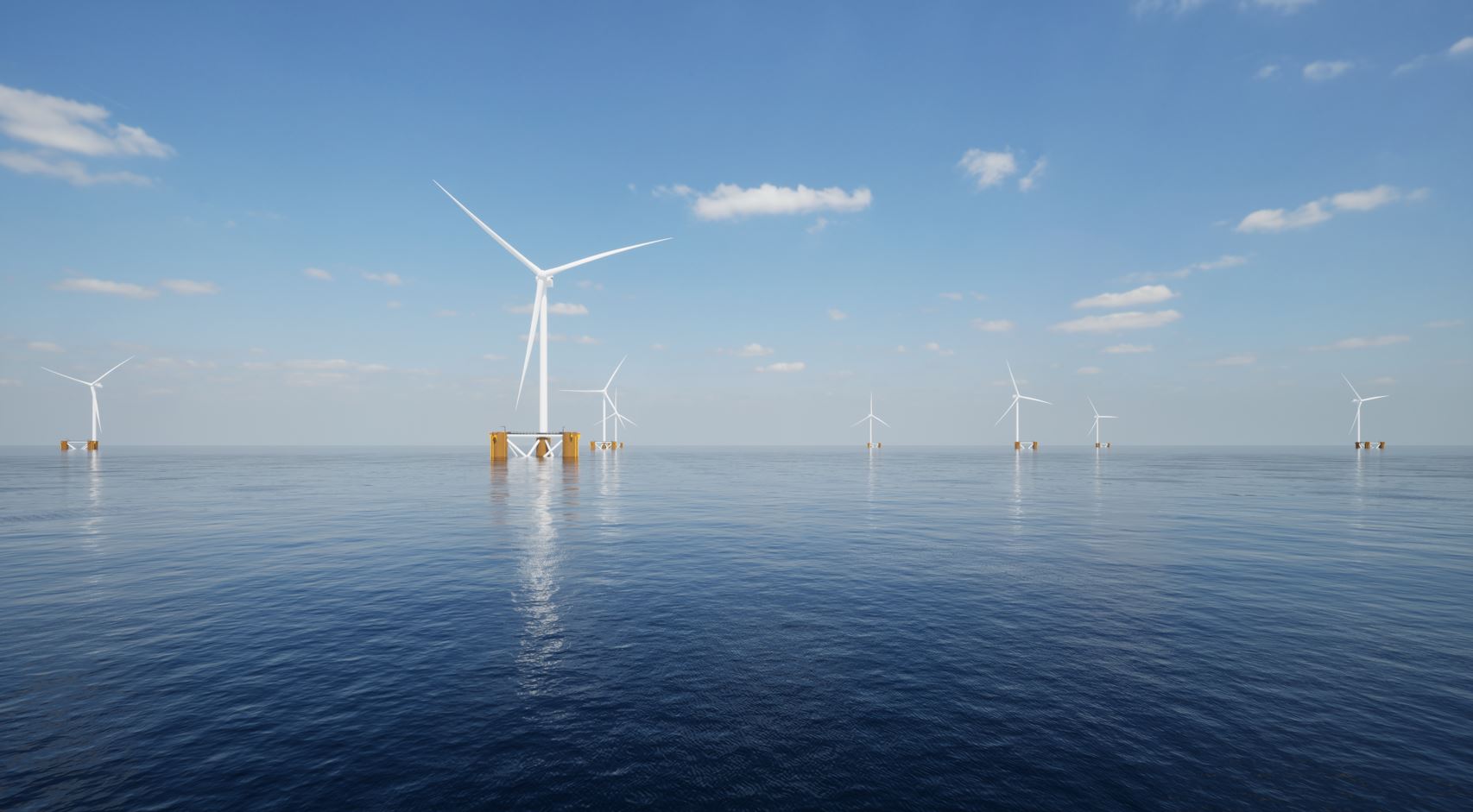 Pan-European renewable energy developer Galileo and Hope Group have formed a joint venture (JV) to develop a 1,100 MW floating offshore wind project in Italy’s Adriatic Sea.
Pan-European renewable energy developer Galileo and Hope Group have formed a joint venture (JV) to develop a 1,100 MW floating offshore wind project in Italy’s Adriatic Sea.The Barium Bay floating wind farm, which is the name of the project and the JV, will be located over 40 kilometres from shore and will cover an area at sea from Barium to the north of Barletta.
The floating project will feature 74 15 MW wind turbines that will be able to capture speeds sufficient to produce over 3 billion kilowatt hours, which represents the annual electricity demand of over one million Italian households, the joint venture said.
The Barium Bay JV is currently completing the necessary environmental and technical studies, with the objective to file its Environmental Impact Assessment (EIA) application within the summer of 2023.
In parallel, the JV will begin a 24-month wind measurement campaign at sea together with Spain’s Eolos Floating Lidar Solutions.
“Barium Bay is a landmark project thanks to both its scale and potential contribution to Italy’s energy transition using exclusively local energy sources. The Adriatic Sea offers a winning combination of key factors that make floating offshore wind projects highly attractive for Italy: good wind speeds, vast areas, and suitable connection solutions to the national grid”, said Ingmar Wilhelm, Galileo’s CEO.
The Barium Bay project further consolidates Galileo and Hope Group’s partnership, the JV said, which started with Lupiae Maris, the joint venture for the development of a 525 MW wind farm with the same technology in Apulia, Italy, off the Brindisi and Lecce coasts.
“We are enthusiastic and satisfied for having strengthened our partnership with Galileo. This confirms the validity of our collaboration and the synergies arising from it, thanks to which we developed competencies making us a reference in the growing Italian offshore wind market”, said Michele Scoppio, CEO of Hope Group.
Italy currently has one offshore wind farm built in its waters, the 30 MW Taranto (or Beleolico) project, developed by Renexia. The first offshore wind farm built in Italy – and the first such project in the Mediterranean – was inaugurated in April last year.